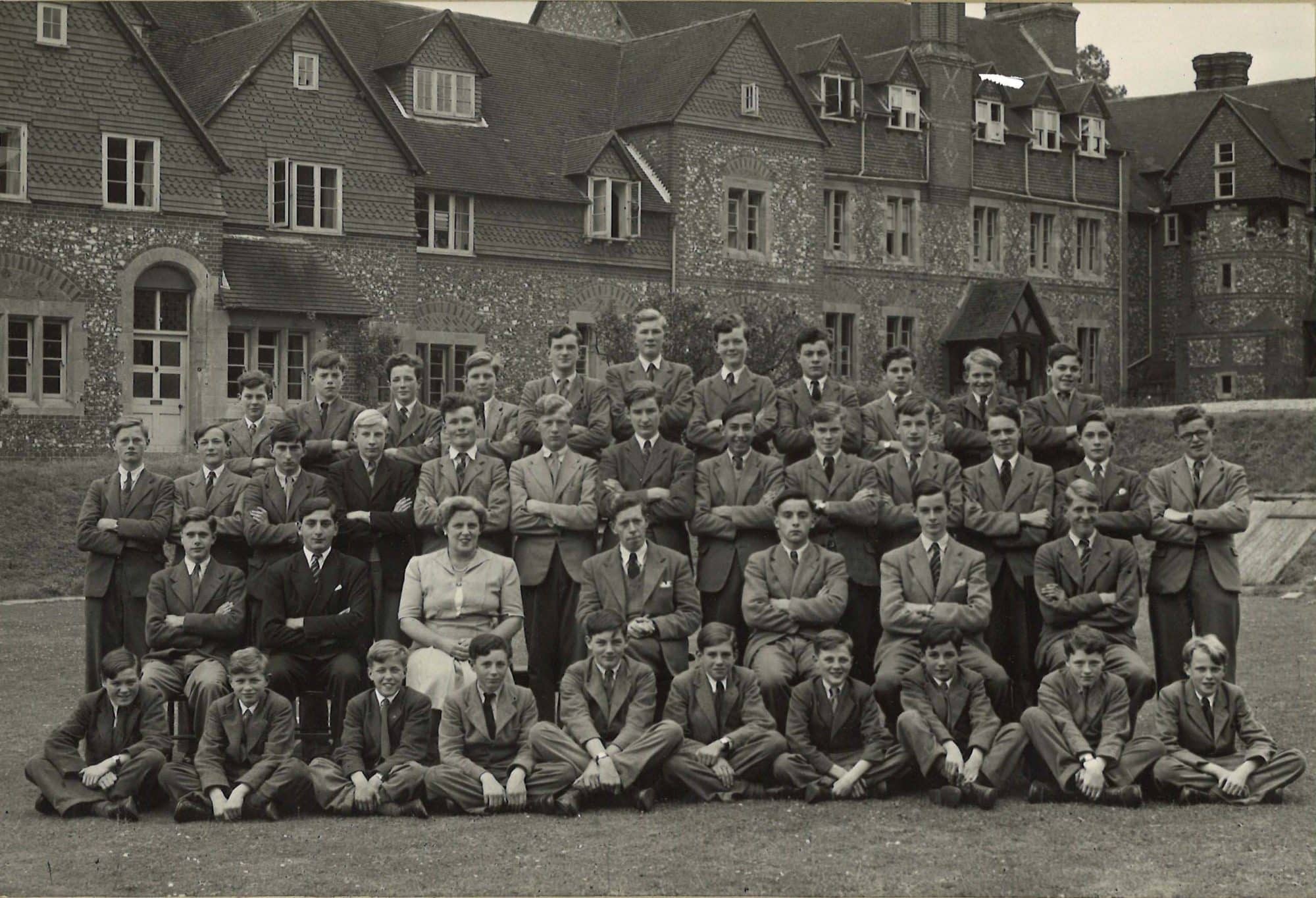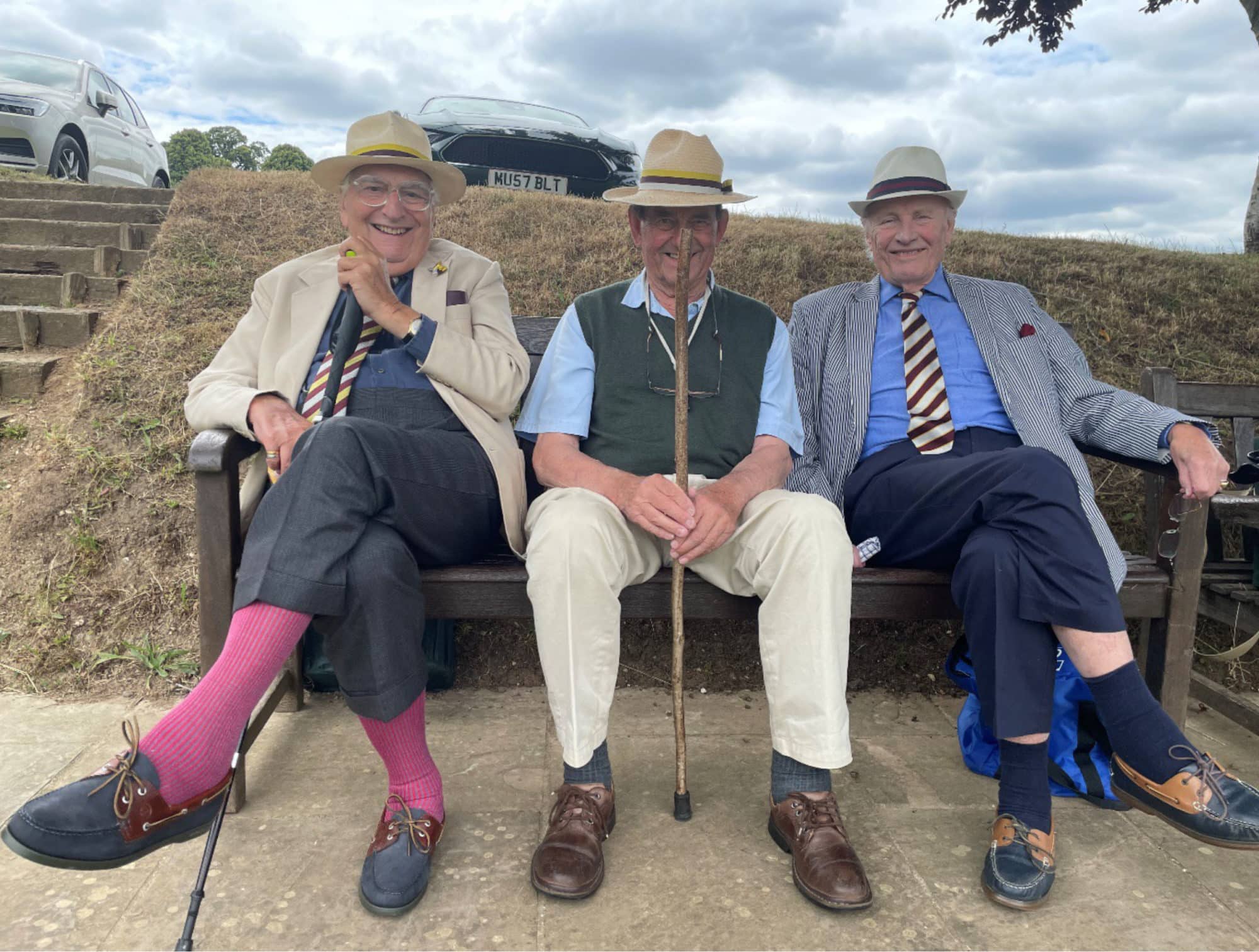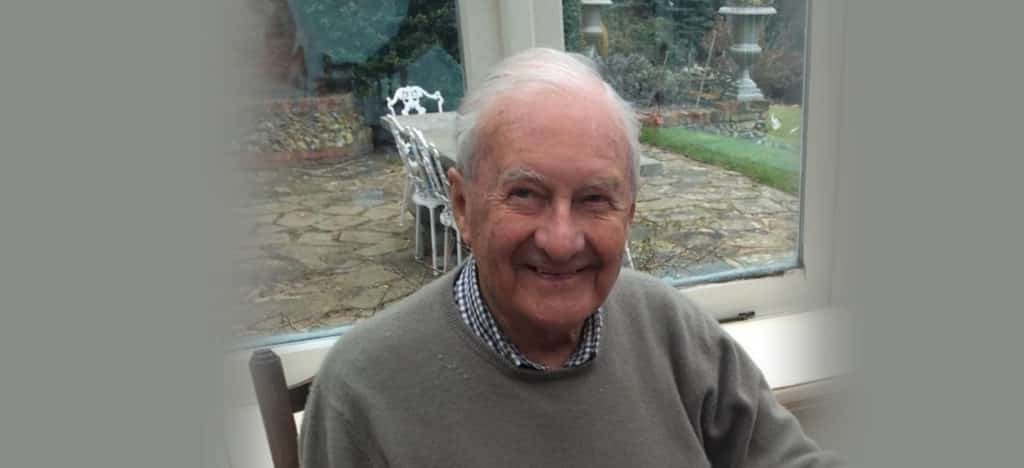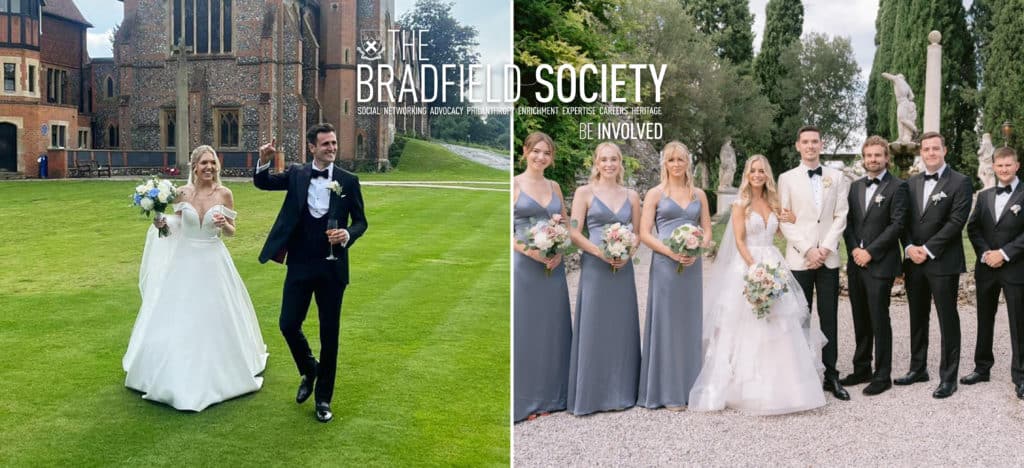He was also behind the suggestion in the late 1990s that a full-time Secretary be appointed for the OB Society, enhancing the two hours per week provided by Basil Johnson. From that suggestion The Bradfield Society was born. As one of life’s “doers” he often used his powers of persuasion to improve the College in so many areas, including the conversion of the Masters’ Tennis Court below Hall into the Sunken Garden that exists today.
Peter Smith was the Headmaster (1985-2003) during John’s entire stint on the Council and said he exemplified the best of Bradfield. “He did a great deal and said little about it. A man of great courtesy and generosity, and beneath it all a very learned man. Most will recognise the businessman and the sportsman, but he was a learned scholar too – in art, architecture, history, calligraphy (what beautiful letters he could craft!) and all things Italian. He wore his learning lightly. His service to the College he loved is beyond compare.”
John was awarded an OBE in the Queen’s 2002 Birthday Honours for charitable services, especially to health and education. He was a long-time friend of Margaret Thatcher, who he had worked alongside before, during and after her time as Prime Minister. The photograph of John and Margaret was taken around 1998 when she opened an office building in Golden Square for Dormeuil Freres alongside John.
In 2012 John generously donated a 17th Century Verona Marble Wellhead from his garden to Bradfield which is now placed at the side of Big School in Quad surrounded by flower beds and underplanted with roses.
John was a steadfast supporter of Bradfield Waifs cricket and a regular guest at Waifs Week. He played frequently for the Waifs from the year after leaving Bradfield in 1949 right through to 1972. At his peak John made 13 appearances for the team in 1955 and was recorded with a batting average of 17 runs. James Wyatt (G 58-63) noted that it was John who instigated the ordering of Waifs cricket sweaters in club colours to smarten up the team and remembers him always being immaculately dressed and that his selection for the Sussex Martlets cricket team could have been won on his appearance alone! Bryan Whalley also noted that although John was a very successful man, he was not flamboyant at any time in his life. John’s last visit to Waifs Week was in July 2022 with friends ‘Jumbo’ Fuller (H 51-56) and Bryan. He also enjoyed a trip around the College in a Golf Cart to see his garden in Quad.
The current Headmaster, Dr Christopher Stevens, got to know John well both in College and as one of the guests he generously hosted to lunch at his beloved London clubs. Most recently he met with John in September 2023 and found him as interested in the College as ever, enduringly supportive of Bradfield in his words and deeds, typically wise in his observations, and justifiably proud of an institution very much in his debt. His positive influence on the people and the place will prove a fitting legacy.
Compiled by Karen Ward, The Bradfield Society







